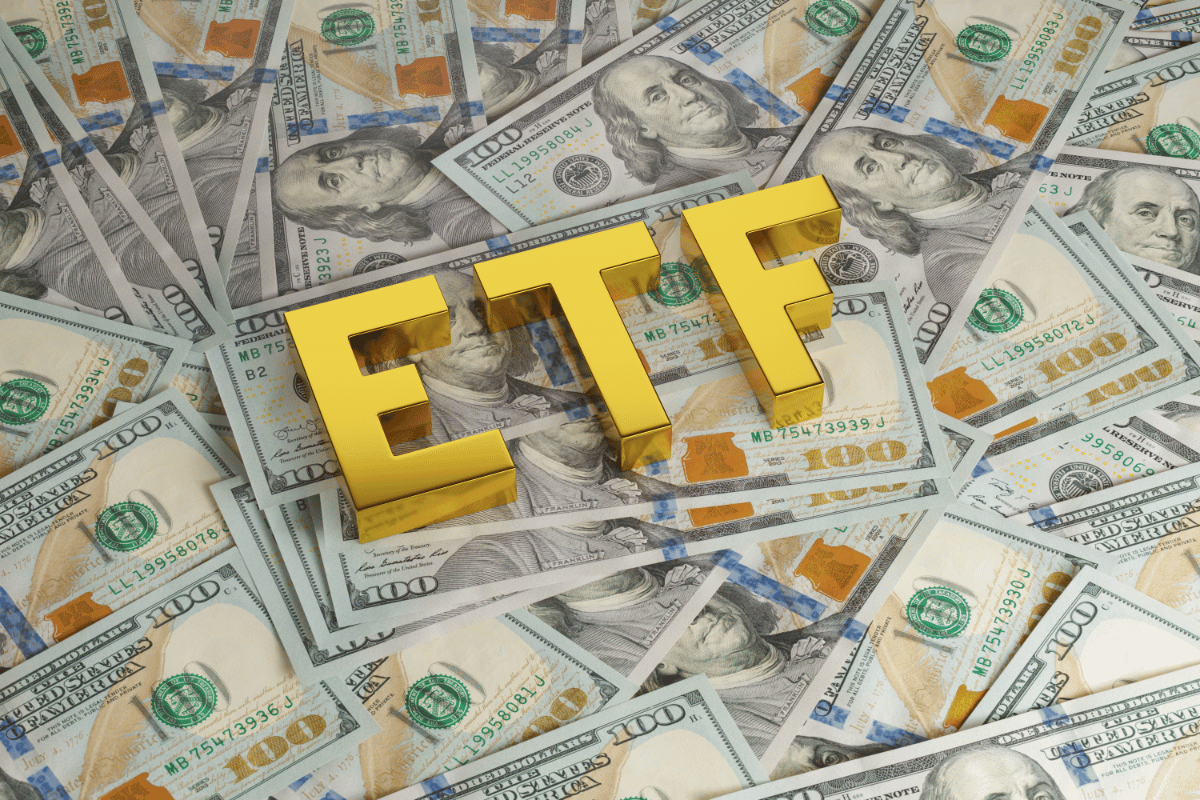The Role of Technology in the Modern ETF Business
The global ETF market has displayed a mind-boggling growth rate throughout the world. Statistics indicate that the assets under management (AUM) held in global exchange-traded funds (ETF) have grown at a compound annual growth rate (CAGR) of 18.9%. This growth has occurred from 2018 to 2023. Experts noted that the AUM reached $11.5T by the end of 2023, which indicates a growth rate of over 25% in the last 12 months from December 2023.
The Global ETF Market is Poised for Phenomenal Growth
Predictions for the coming five years are equally striking. The AUM is expected to touch a minimum of $19.2T by mid-2028, translating into a CAGR of 13.5%. This phenomenal growth needs the support of advanced tech solutions. The key defining feature of ETFs is that investors can play the market in real time, making and redeeming investments. Groundbreaking software and apps are needed to enable quick transactions not to mention the need for cutting-edge cybersecurity tools to secure investor interests. Manually handling the sheer volumes of trade is next to impossible. For instance, the Tesla short ETF trading, which typically experiences high investor interest.
ETF Transactions Must Comply with Applicable Regulations
ETF managers are responsible for complying with the various regulations across the different jurisdictions where they operate. They must also meet ESG requirements and investor guidelines. To ensure compliance, they can use tech applications that simplify the process. Automated tools have the capability to supervise pre-, intra-, and post-trade activities at various levels, such as asset class, firm, security, and portfolio. The application also seamlessly handles exposure limits and benchmark comparisons. Typically, the software integrates a selection of standard, pre-determined rules, and procedural templates to ensure compliance. As a result, ETF managers can concentrate on their core investment strategies.
ETF Trading Needs Automation to Handle Transactions
ETF managers need automated systems to handle the large volume of orders that must be processed quickly. These systems can categorize orders, making it easier for managers to distinguish between different types of redemptions and trades. This automation helps managers efficiently rebalance portfolios and complete end-of-day tasks. For instance, sorting the volume of orders into in-kind or cash-in-lieu categories for investors daily and throughout the day.
Technology Enables Seamless Data Integration, Accuracy, and Interoperability
ETF managers absolutely require systems with a high degree of interoperability. It’s more crucial than ever to have a real-time trading engine that seamlessly connects to executing brokers, their algorithms, cash or program desks, and major ETF administrators. In today’s market, it’s essential to centralize data onto a unified platform. As a result, brokers can access aggregated and standardized data from their counterparts. They can leverage tech solutions to communicate data across the ETF platform.
ETF Transactions and Rebalancing are Labor-Intensive, Time-Consuming Tasks
By using a dynamic platform that automates benchmark comparisons and rebalancing, ETF managers can free up their time to focus on higher-value tasks. Such platforms allow for the use of standard or custom benchmarks and indices, and they provide real-time monitoring capabilities. This automation eliminates the need for manual adjustments, leading to increased efficiency and productivity. Higher efficiency leads to quicker balancing enabling higher volumes of trade which investors appreciate. Thus, technology and automation assist in the growth of the modern ETF market.
Considering that technology and innovative solutions dominate every industry and sphere, integration into the ETF vertical has a range of positives. Tech ensures streamlined and quick transactions with a low risk of human error and complete compliance with relevant guidelines and regulations.





